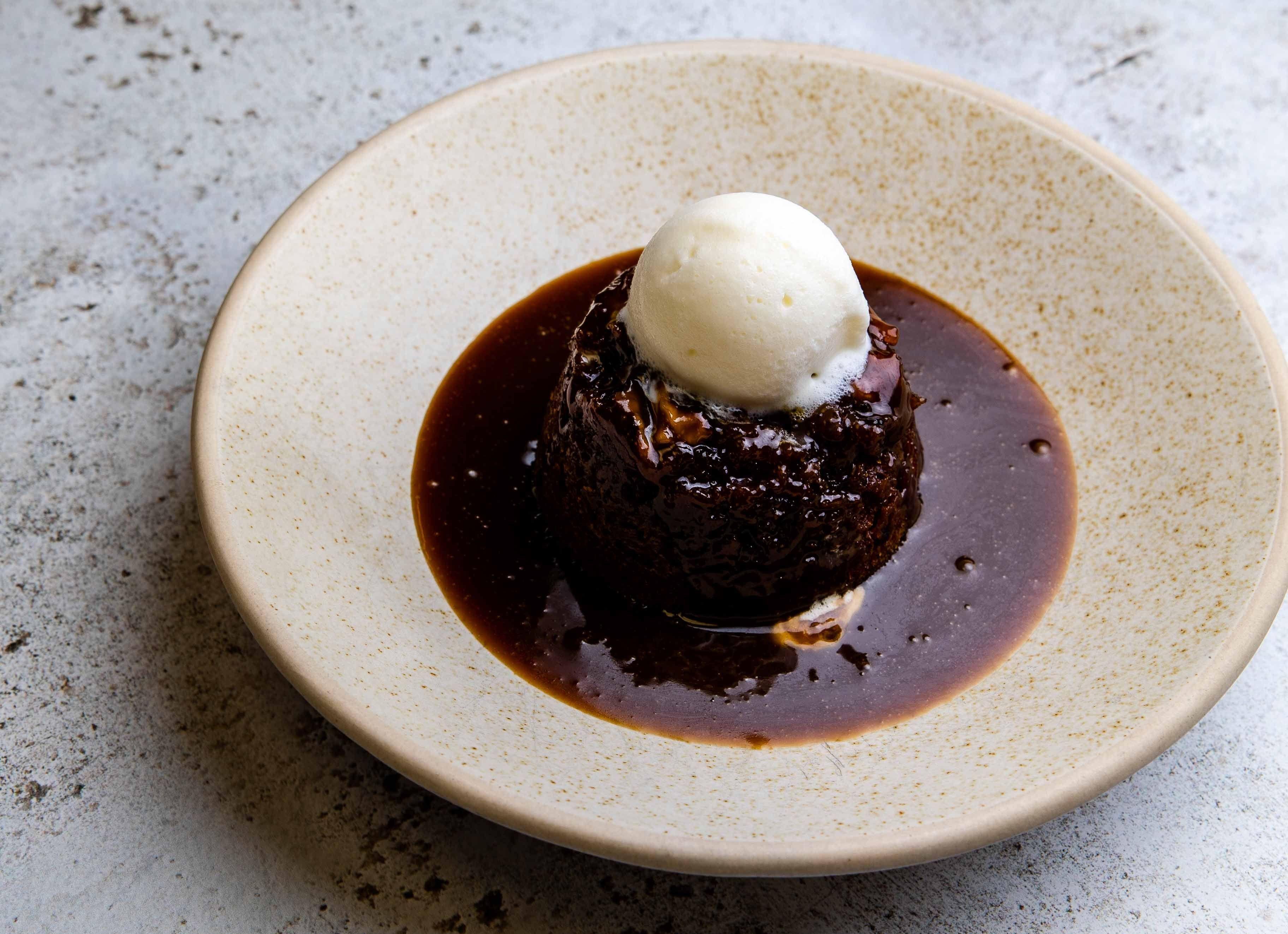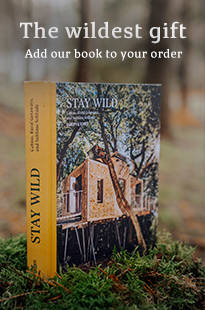- Location
- Glamping
Special occasions
- Stories
- Gift Cards
- About us
About Canopy & Stars
More from Canopy & Stars
More at Sawday's

The food you need to try on your next Lake District visit
What’s the point of travel if you don’t try something new? Most people will recall the furore around Cornish pasties becoming a protected food, and David Rodda, from the Cornwall Development Company, said in a BBC interview: "We lag far behind other European countries like France and Italy, that have hundreds of food products protected, and it's important that we value our foods just as much." But what other foods exist exclusively in certain regions? What, for instance, does the Lake District have, that no one else does? We take you on a quick crash course of the regional delicacies of Cumbria.
Rum Butter
The kind of foodstuff that’ll make you regret not finding it earlier, rum butter’s origins are murky, and hard to clarify… but it appeared on the Cumbrian food scene in the 18th century. Rightfully regarded as a delicacy, it’s a combination of unsalted butter, dark brown sugar, grated nutmeg or mixed spice and of course, rum. What can you put it on? Could be mince pies, Christmas cake, tarts, pies, toast – really the list is endless and depends on your shame threshold. From gift shops to pubs, you’ll find your share of rum butter everywhere you go.
Herdwick Lamb or Hogget
The Herdwick lamb or Hogget (sheep, rather than lamb) is succulent, and more game-y than its woolly colleagues, the Herdwick is unique to Cumbria and considered the hardiest of British ‘hill sheep’ – as they make do on the tough fell grass, heather and brutal conditions of 3000ft fells. Now a UNESCO World Heritage Site, The Lake District wouldn’t be complete without spotting the iconic fluffy creatures dotted about on them. But what can you cook with them? Basically, any recipe you like, but you’re likeliest to find them served in The Lake District, gracing the plates of many a tavern.

Morecombe Bay Shrimps
Right on the most southerly reaches of Cumberland, Morecombe Bay is famed for its tiny brown shrimp, which are traditionally served as potted shrimp, with thinly sliced bread and butter and of course, a pot of tea. Feeling a little more adventurous? Add a little samphire or serve with a pan-fried fish or even tip it over a jacket potato. The Morecombe Bay Shrimp is in danger of dying out – but not through over-shrimping, it’s in fact a lack of ‘shrimpermen’ – shrimp specialising fishermen. Because of the highly specialised knowledge required to navigate the shifting quicksand and fast-moving tidal patterns, this skill is being lost to a lack of up-and-coming fishermen.
Sticky Toffee Pudding
If you’ve ever found a gastropub that doesn’t have this on the menu, then you might’ve stumbled into another dimension. There’s a reason it’s such a mainstay, it’s just great. Suggest where this dish is from and you might well start a war of the counties, so instead, we’ll say this was popularised by Francis Coulson and Robert Lee (being at least the first to commercially sell it). Try and find the original recipe, and you might well struggle – it’s old. Real old, and potentially goes back to the 1940s. Usually made of dark sugar, treacle and often dates – it’s unsurprisingly sweet and if you’re in the region, it’d be criminal not to see this dish off in a pub by a roaring fire. If you want to make it at home, well here’s one of the Berry best recipes.

Cumberland Sausage
It’s the kind of sausage you feel you understand. Say the name and you get an idea in your head – but rarely of its OG form. The Cumberland is the one that coils round in one long cobra-like singular meat tube. Seasoned with a variety of herbs, pepper is the dominant flavour, and aside from its distinctive shape, part of its unique style comes from the meat being chopped rather than ground or minced. And like the Cornish Pasty, it was protected by the European Union in 2011, preserving 500 years of sausage making. If you get the chance, see if you can get this in a proper pub, with proper mash and gravy – and regret, nothing.
Kendal Mint Cake
Divisive hiking snack, you tend to love it or hate it, but if you’ve trekked up a hill, or frequented an outdoors shop, you’ve probably seen this around. This simple treat has a complex history. Supposedly created accidentally as a defunct batch of glacier mints, we have the poor impulse control of an 1860s confectioner to thank for this one. Marketed as an energy snack for adventurers from the off, it gained popularity amongst mountaineers, climbers and hikers worldwide – even lining the pockets of Ernest Shackleton, and Sir Edmund Hillary and Sirdar Tenzing on the first (western) successful climb of Everest. Take it on your next hike, but just be sure to bring other snacks in case a slab of minty sugar isn’t for you.

Easter Ledge Pudding
It doesn’t get much more traditional than this. Easter Ledge Pudding is a savoury dessert made from bistort, nettle, dandelion and cabbage, amongst other things, and is fried traditionally in bacon fat. It’s bitter, unusual, and worth a try, though it’s less likely to be protected by European legislation as it is persecuted by the Hague for its crimes against attractive-looking food. As its name suggests, its most likely to be served around Easter, usually with roast lamb – but it’s far rarer than it once was, so if you find it out there – let us know!
Cumberland Rum Nicky
A pudding a little more on the aesthetically pleasing side this time (no offence, Easter Ledge). The Cumberland Rum Nicky is often made from dates and stem ginger, though other elements can be added, as well as brown sugar and rum. Originating in port towns around the 17th/18th century, it’s a by-product of the Caribbean trade that made it possible to create in the area when its ingredients were rare and expensive elsewhere in the country. Who is Nicky and why are her pies so delicious? It's likely this actually comes from the original style of the pie, where the surface was ‘nicked’ with a knife to let the steam escape when cooking. It is an incredible dish, and if you see it on the menu then get at it.











